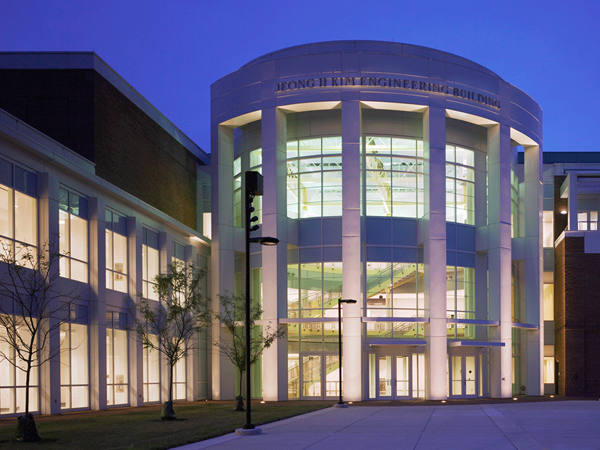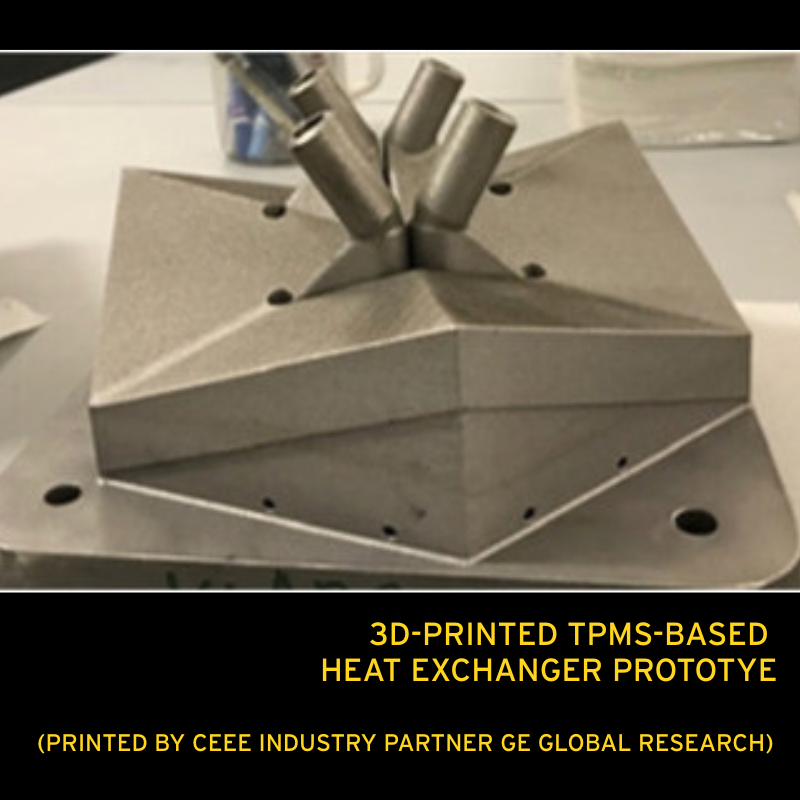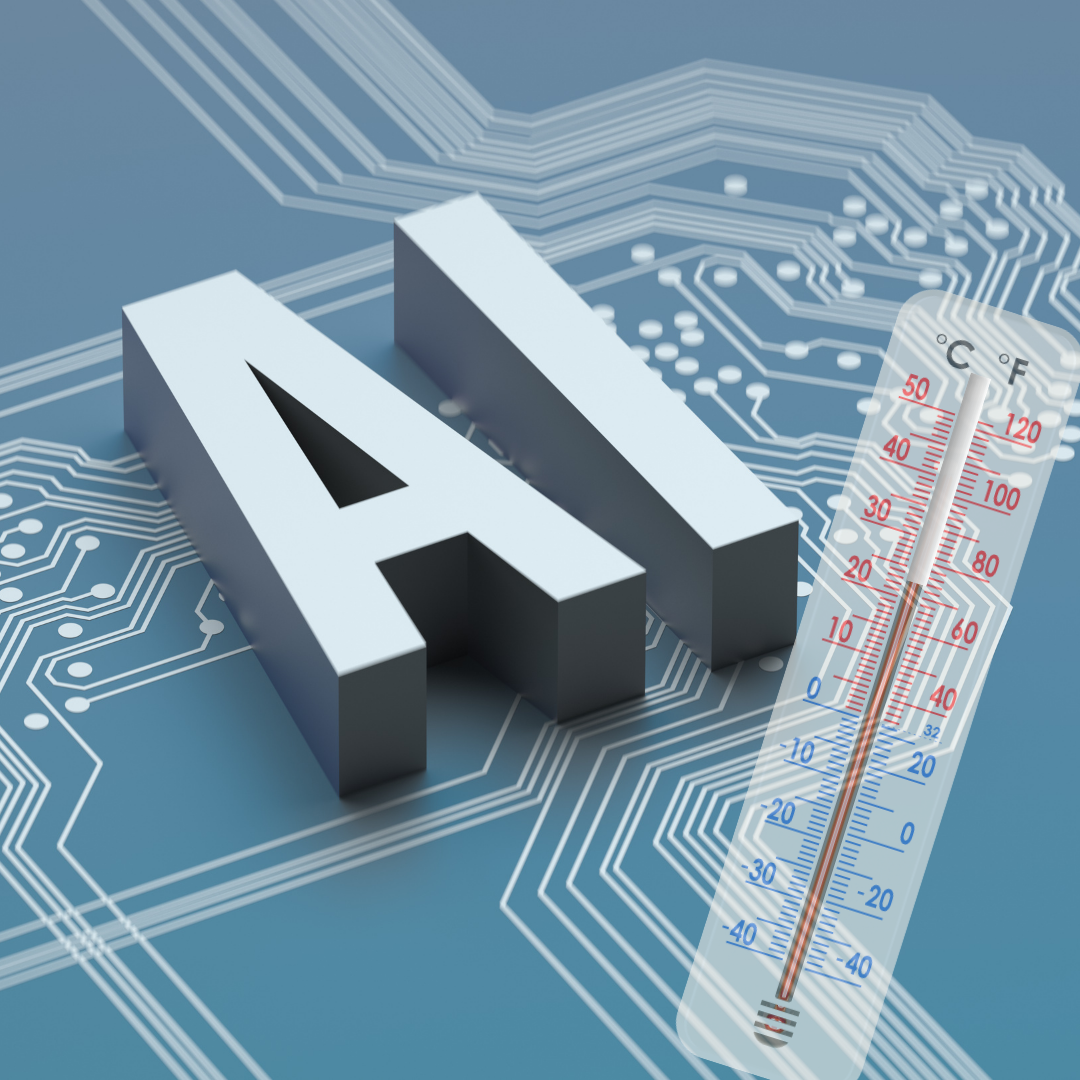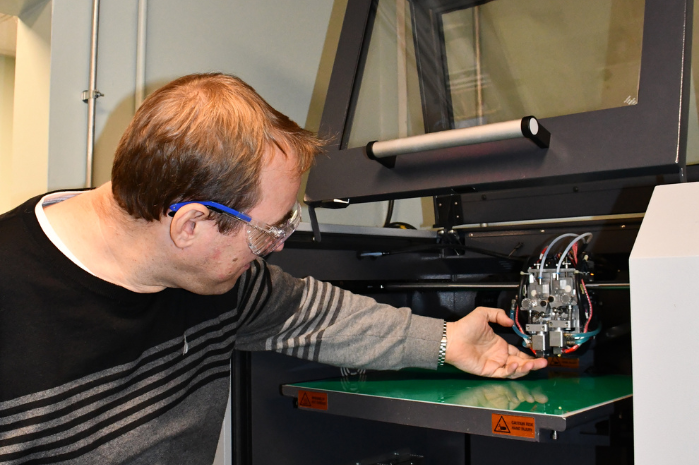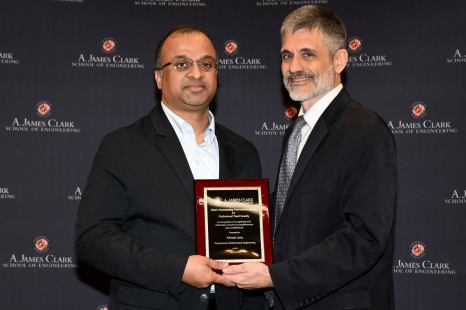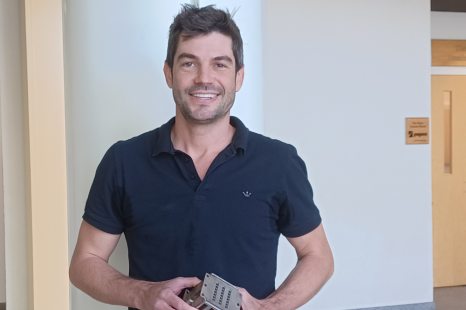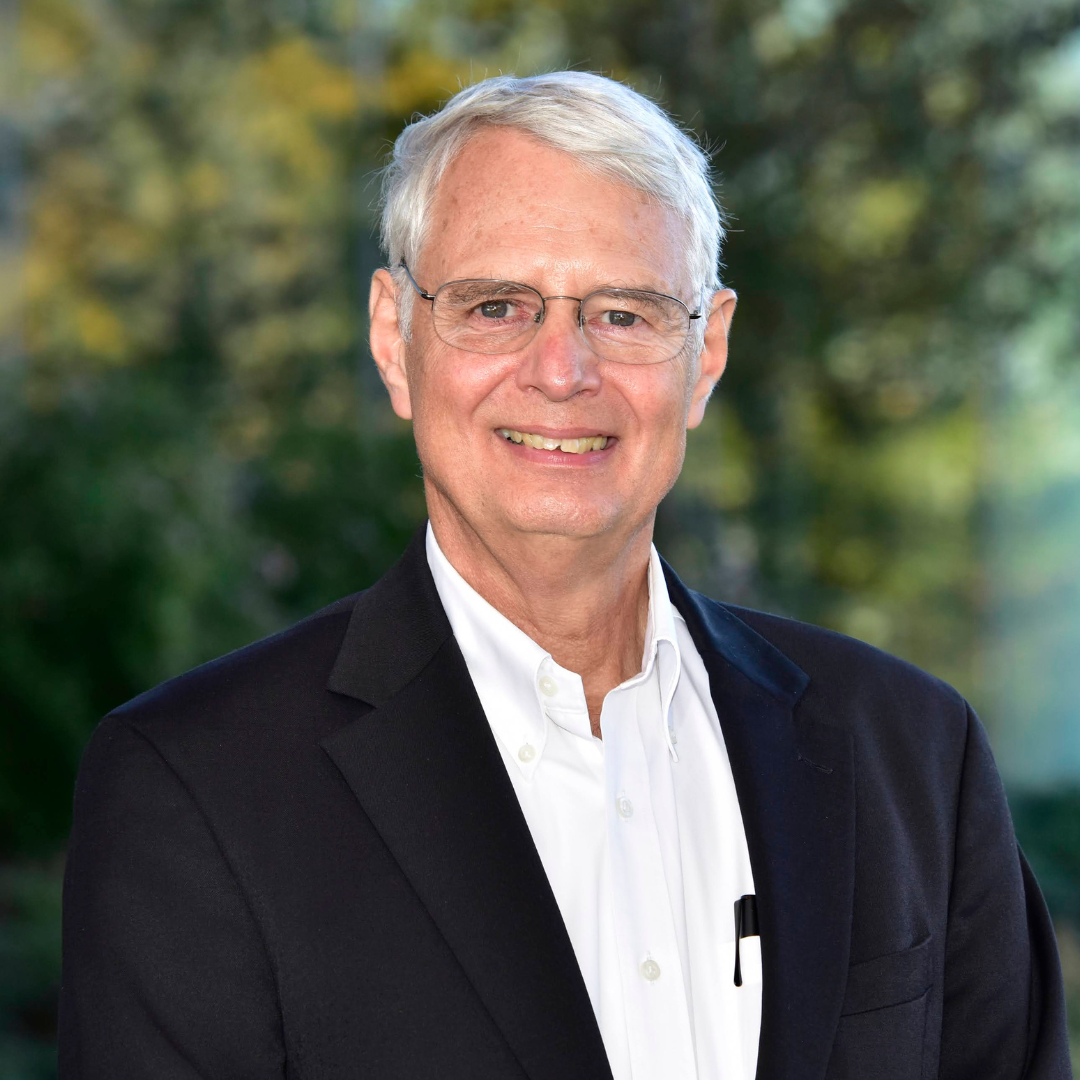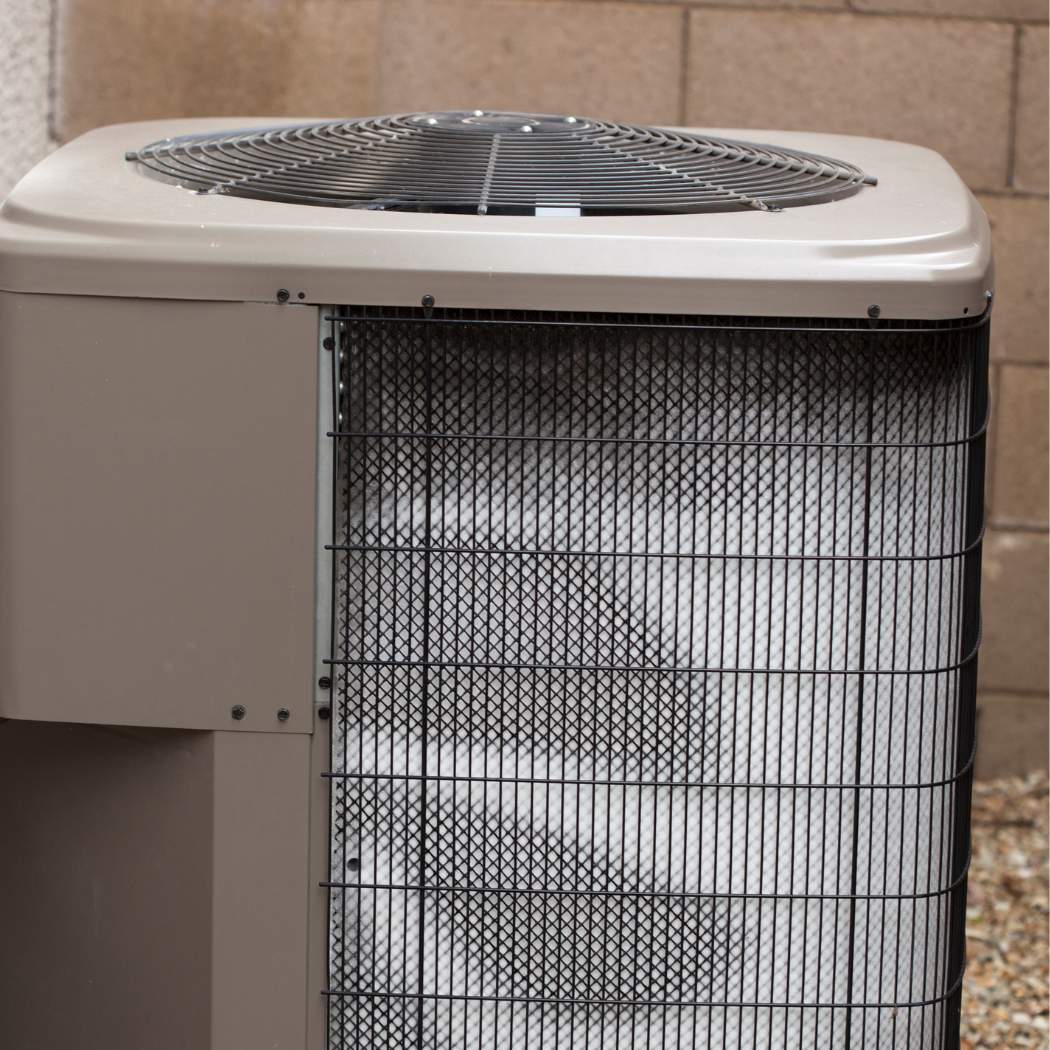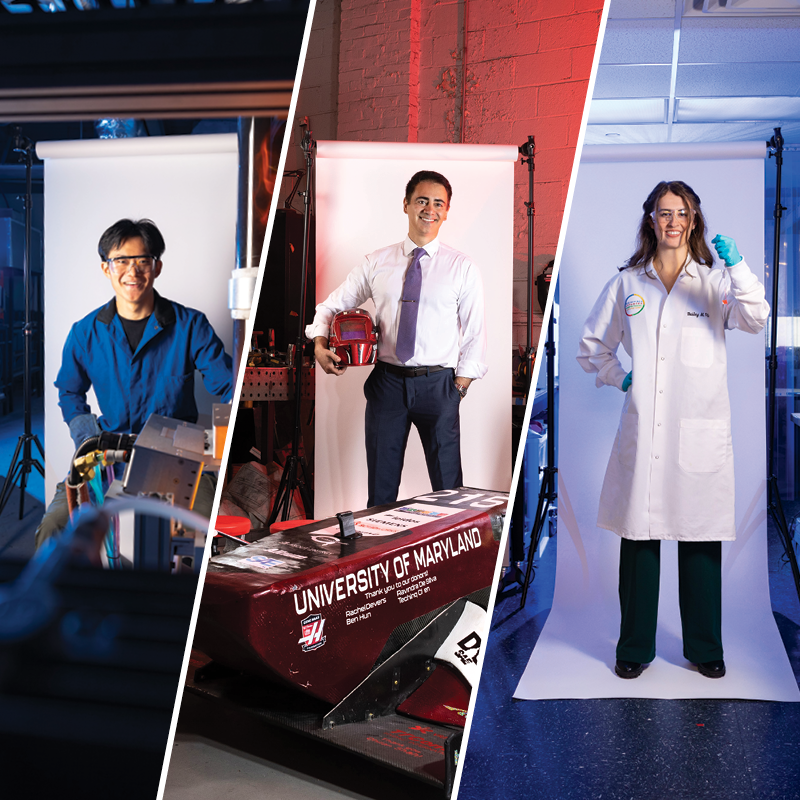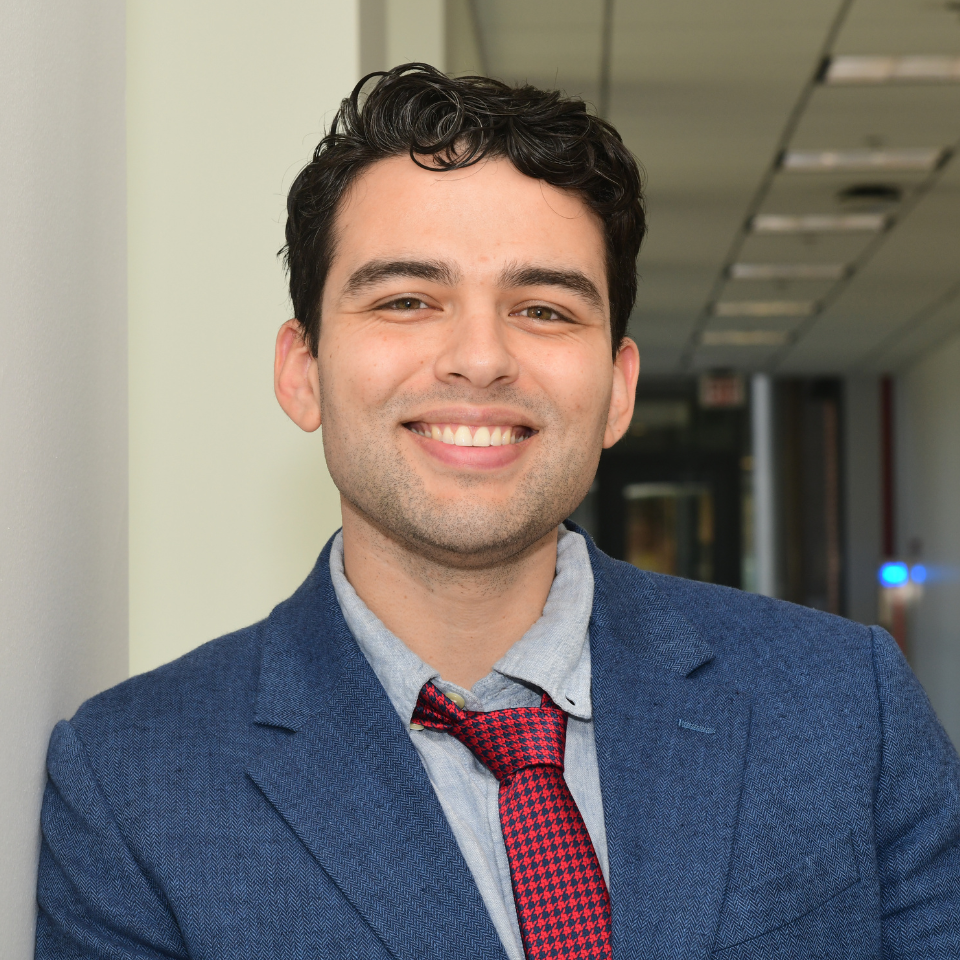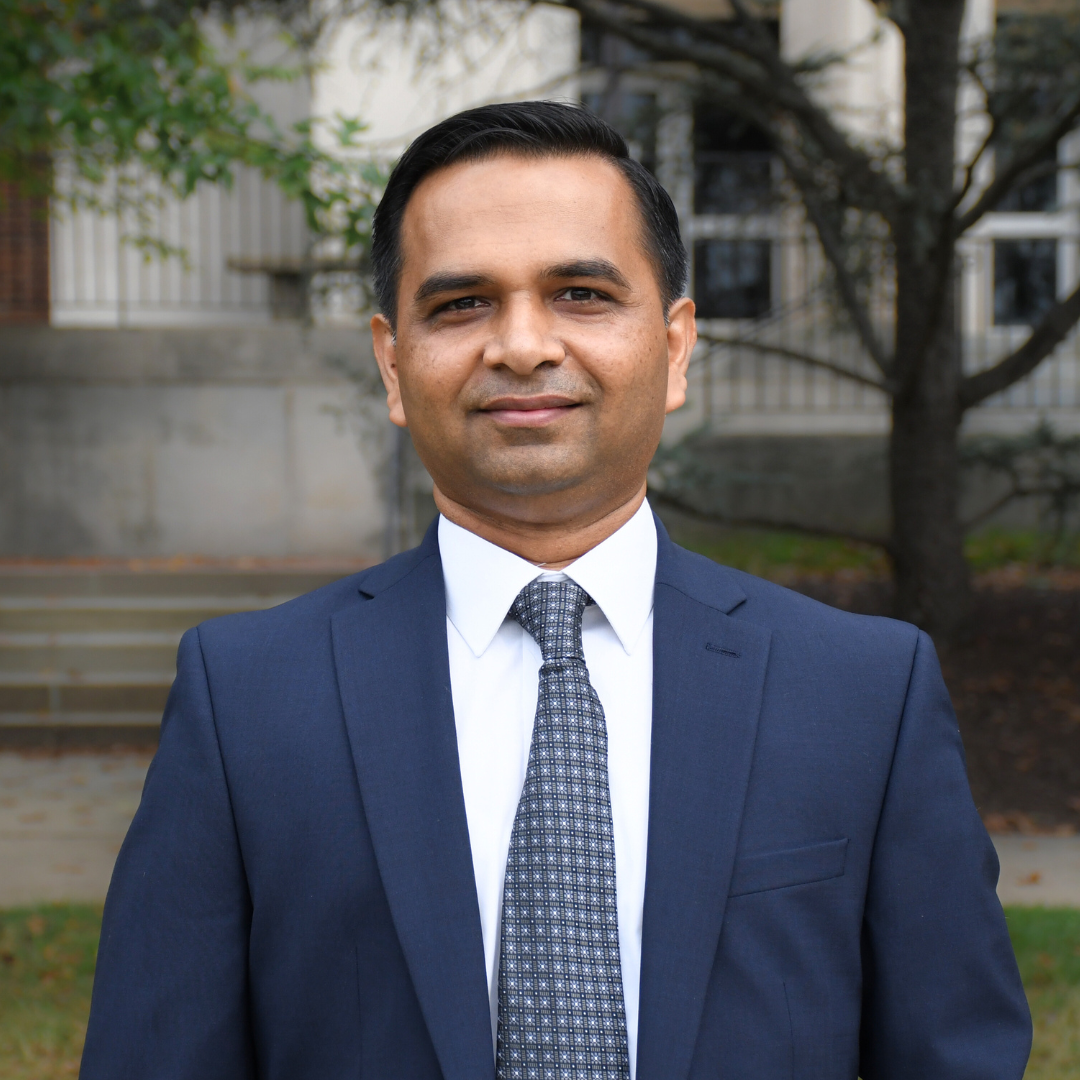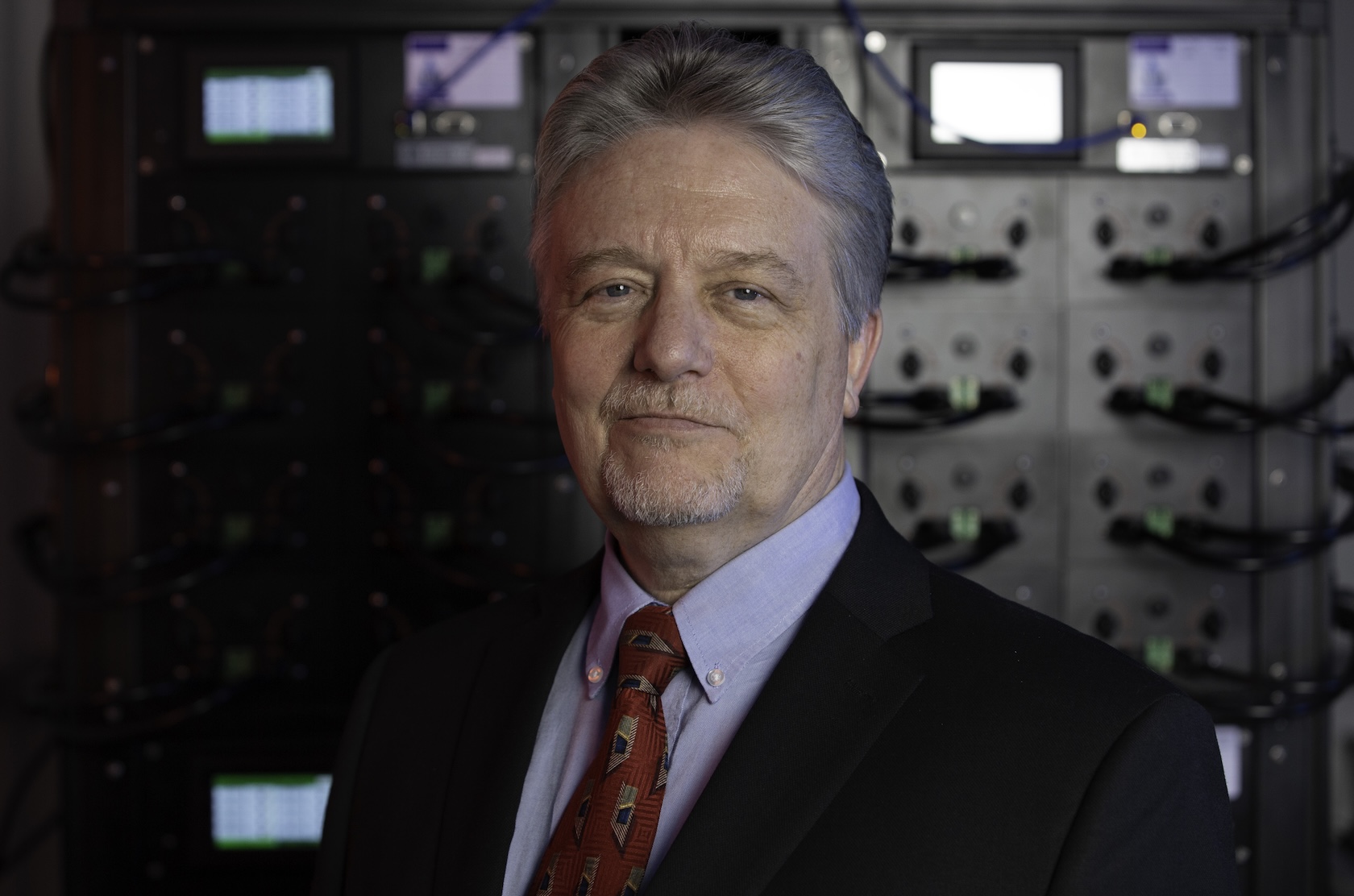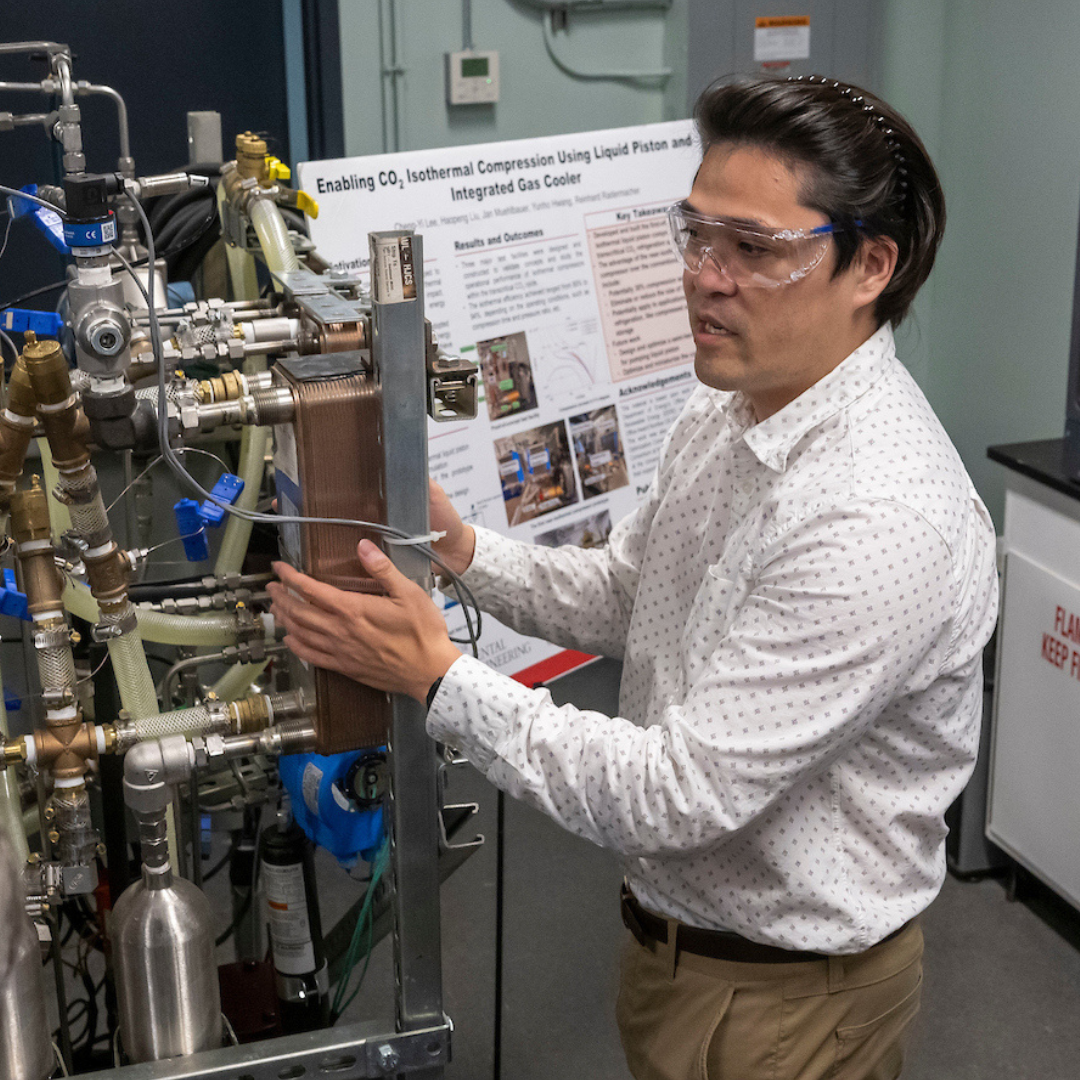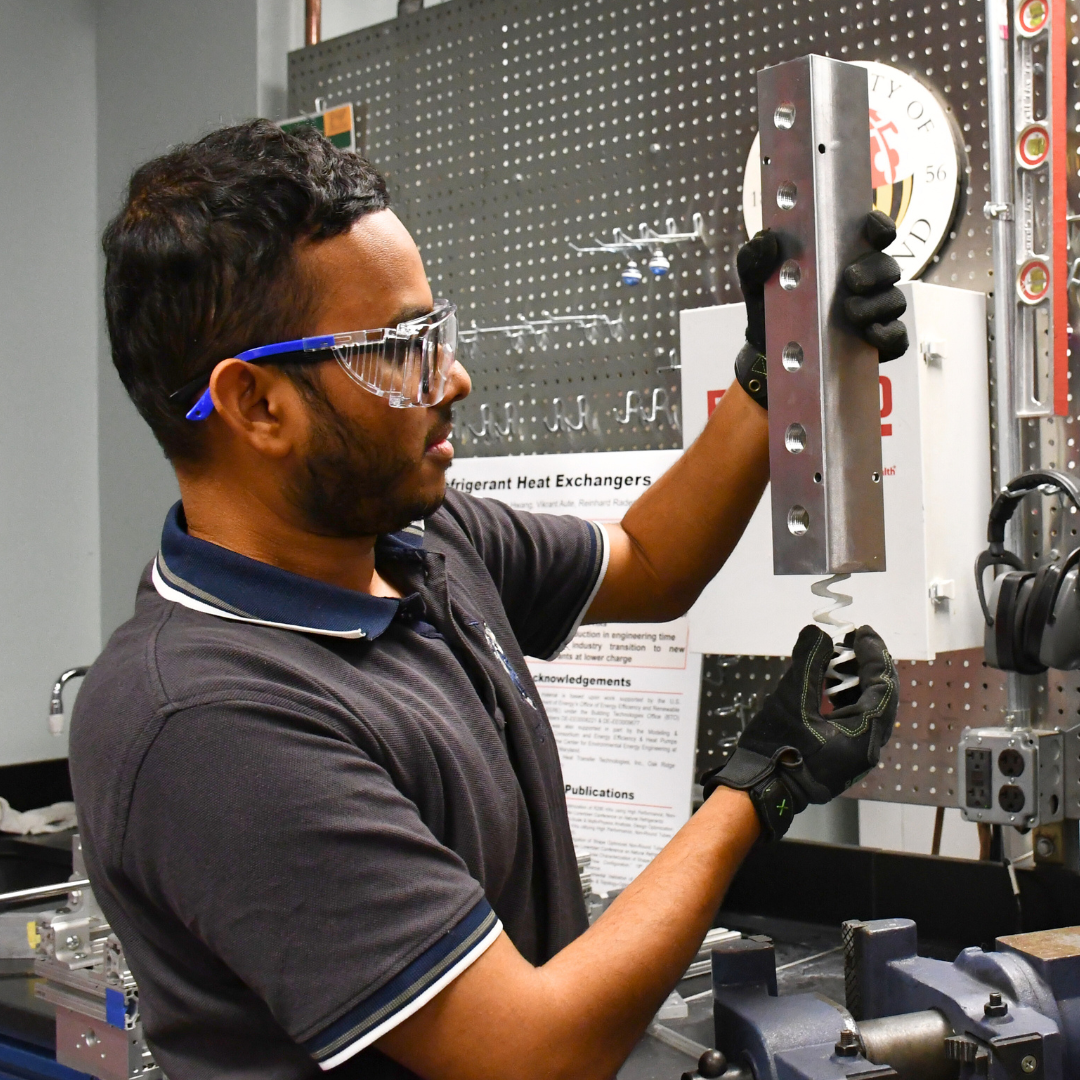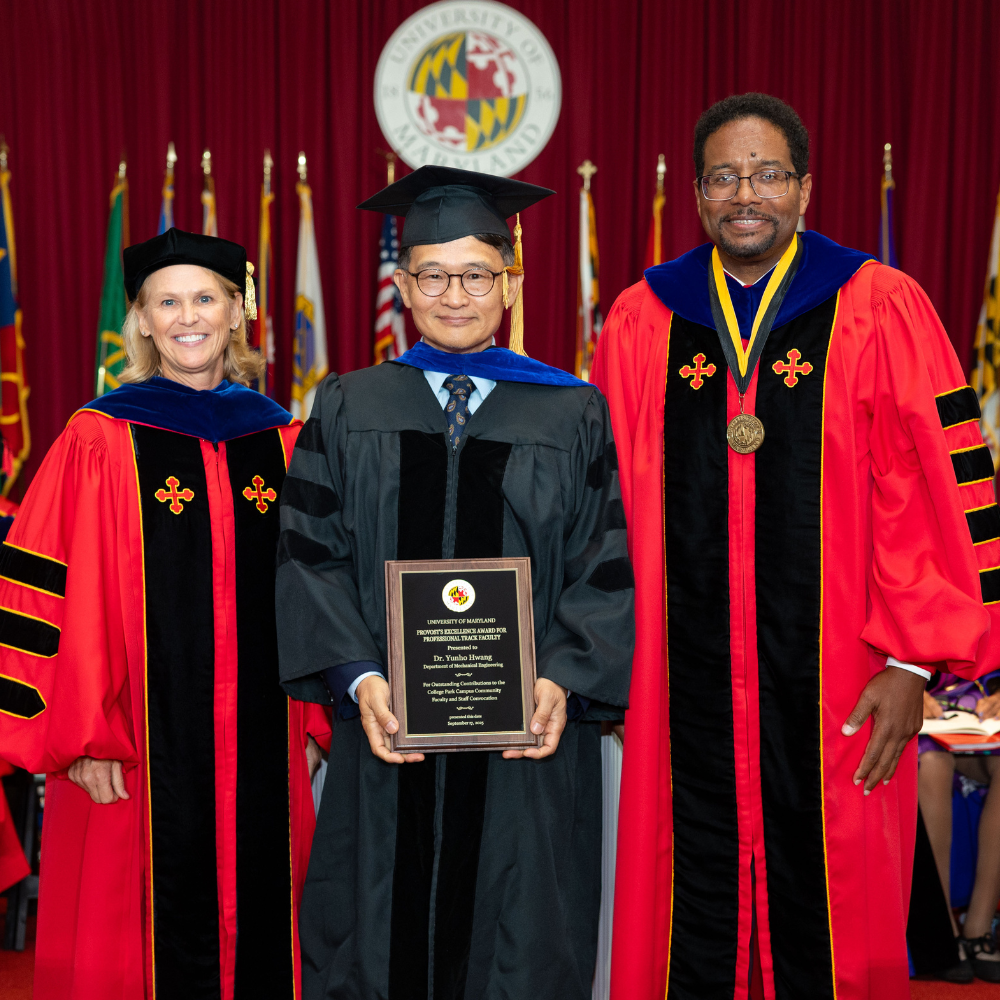News Story
CEEE Welcomes Assistant Research Scientist Sunil Kumar
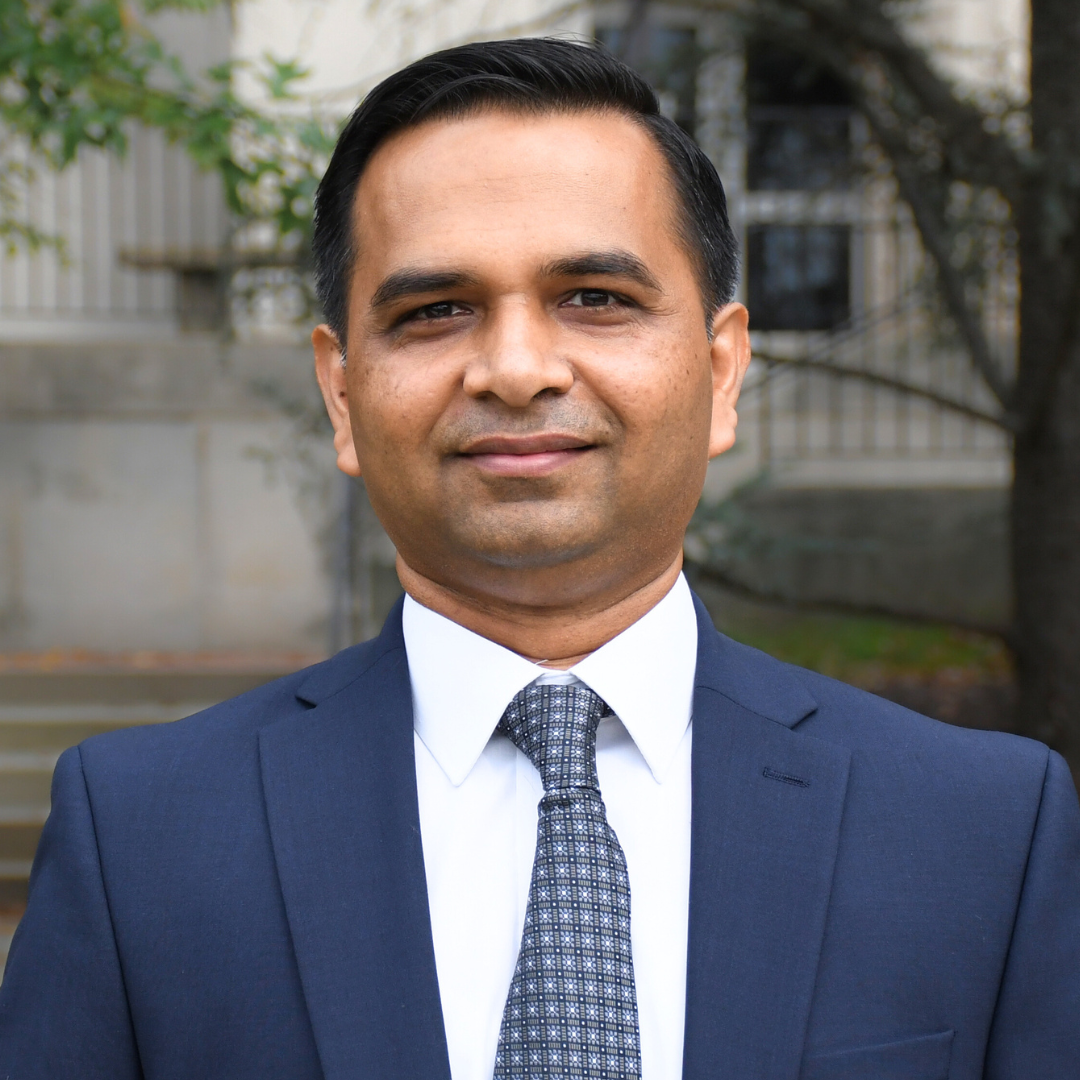
Sunil Kumar joins the faculty of the Department of Mechanical Engineering, where he will contribute to CEEE's Modeling and Optimization Consortium.
The University of Maryland Center for Environmental Energy Engineering (CEEE) is proud to welcome Sunil Kumar as an assistant research scientist in the Department of Mechanical Engineering. At CEEE, Kumar will help advance the center’s global leadership in heating, ventilation, air conditioning and refrigeration (HVAC&R), while expanding into next-generation sustainable and intelligent energy technologies. He will contribute to CEEE’s Modeling and Optimization Consortium, where he will integrate computational modeling, data analytics and artificial intelligence to enhance the performance and resilience of thermal-fluid systems.
Kumar brings expertise in experimental and computational thermal fluids engineering, specializing in heat and mass transfer, thermal hydraulics, heat exchangers, heating and cooling systems, phase change materials, aerosol technologies, and materials drying. He has authored and co-authored numerous peer-reviewed journal articles, conference papers and book chapters. He serves on the editorial boards of the International Journal of Thermofluid Science and Technology and the International Journal of Materials, Manufacturing and Sustainable Technologies.
He was lead editor for Advanced Applications in Heat Exchanger Technologies: AI, Machine Learning, and Additive Manufacturing (CRC Press, 2025), a book that explores innovative approaches to improving energy system efficiency and resilience. He is currently editing Advances in Phase Change Materials and Their Applications: Bridging AI and Thermal Solutions (Springer Nature, 2025), further underscoring his commitment to interdisciplinary innovation.
It all started with a Big Bang
Kumar discovered his true passion for applied science during a 2010 internship at CERN, the European Organization for Nuclear Research in Geneva, Switzerland, home to the Large Hadron Collider (LHC), the world’s largest particle accelerator. At the time, he was pursuing a master’s degree in nuclear energy from École Centrale Paris, University of Paris, and already held a bachelor’s degree in physics from University of Delhi. But at CERN, he became immersed in science and the application of engineering methodologies at a much deeper level.
Kumar’s research focused on the LHC’s Compact Muon Solenoid (CMS), buried nearly 100 meters underground. Weighing 14,000 tonnes, the huge detector studies some of the smallest particles and simulates the conditions shortly after the Big Bang in a quest to understand the origins of the universe. Kumar helped develop CMS’s Gas Electron Multiplier (GEM) detectors, which are used to study subatomic particles created by high-energy proton collisions. His work contributed to the technological foundation behind the discovery of the Higgs boson, one of the most important scientific milestones of the 21st century.
The internship was eye-opening and formative in his development as a scientist and engineer. “We started planning for the GEM detectors’ performance validation experiments — the setups and requirements, the kind of wirings required, the positionings, the target areas . . . everything,” Kumar recounts. “That kind of planning inculcated the scientific approach into me. A scientific approach to resolve any issue or solve any problem.”
The experience also instilled an appreciation of working on a diverse team. “At CERN, I learned the power of scientific rigor and collaboration. Working with scientists and engineers from diverse cultures taught me that the best ideas often emerge when different perspectives converge.”
Joining a legacy of innovation
Kumar earned a Ph.D. in nuclear engineering in 2018 from Homi Bhabha National Institute in Mumbai, India, specializing in nuclear reactor thermal hydraulics. He continued on to research positions at Texas A&M University and the Texas Transportation Institute, where he led both computational and experimental thermal-fluid science projects. His research portfolio included heat exchanger efficiency enhancement using phase change materials, controlled evaporation for electronic cooling, environmental modeling of aerosols and emissions, and energy-efficient drying and decontamination systems.
Kumar is eager to join CEEE’s community of innovators and collaborators. “CEEE’s legacy of excellence in HVAC&R research is truly inspiring,” he says. “I’m excited to contribute to ongoing efforts in advanced heat exchanger design and to explore how artificial intelligence can transform the way we model and optimize thermal systems.”
Beyond the lab, Kumar looks forward to settling into Maryland with his wife and young daughter and to experiencing the region’s vibrant academic community — as well as enjoying all four seasons that the region offers.
Published November 7, 2025
